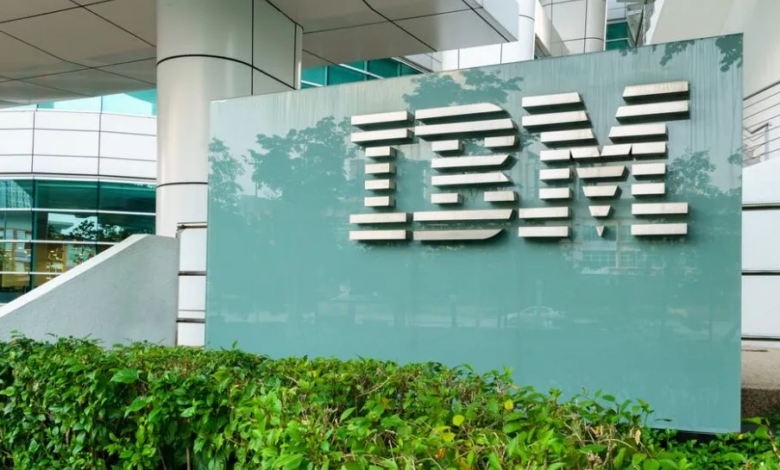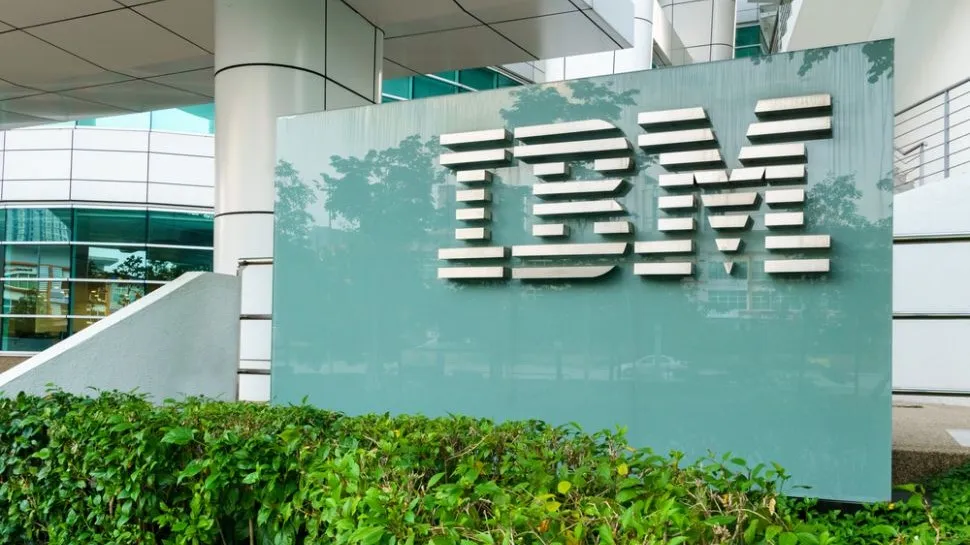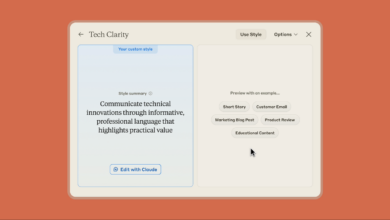Palo Alto Networks Completes Acquisition of IBM’s QRadar


Palo Alto Networks has announced the completion of the acquisition of the QRadar software-as-a-service (SaaS) assets from IBM as part of a strengthened strategic partnership between the two companies.
With this deal, Palo Alto Networks aims to simplify security operations through its Precision AI-based Cortex XSIAM platform, which combines products for security information and event management (SIEM), security orchestration, automation and response (SOAR), attack surface management (ASM), and extended detection and response (XDR).
Palo Alto has promised to let eligible IBM customers migrate from QRadar to Cortex XSIAM for free to soften the blow.
QRadar customers must migrate to Cortex XSIAM
In addition to a seamless migration, we also promise customers enhanced security options, advanced analytics and automation, IBM-backed support, and on-prem continuity.
As part of the partnership, IBM has also deepened its commitment to Palo Alto Networks technology by deploying Cortex XSIAM for its next-generation security operations and Prisma SASE 3.0 for zero-trust network security.
A separate IBM announcement shows that the collaboration is primarily a two-way street, with Palo Alto also internally implementing IBM solutions such as WatsonX AI.
With an eye to the future, more than 1,000 IBM Consulting employees have been trained in Palo Alto Networks security solutions so they can better advise clients on the changes ahead.
Palo Alto CEO Nikesh Arora commented, “Our partnership with IBM reinforces our commitment to innovation and our confidence in the tremendous benefit QRadar customers will have when they adopt Cortex XSIAM for a robust, data-driven security platform that delivers transformative efficiency and effectiveness in defending against evolving cyber threats.”
Arvind Krishna, IBM CEO, added: “Collaborating with Palo Alto Networks will be a strategic advantage for IBM as our two companies collaborate on advanced threat protection, response and security operations using Cortex XSIAM and WatsonX, supported by IBM Consulting.”




